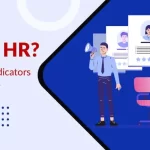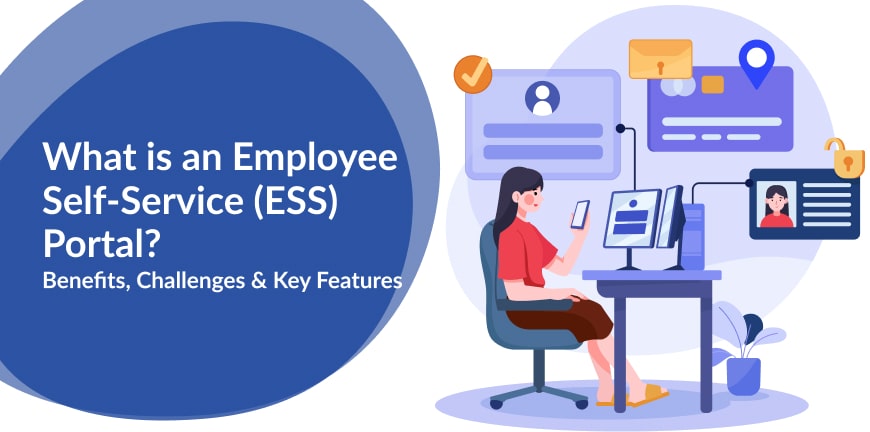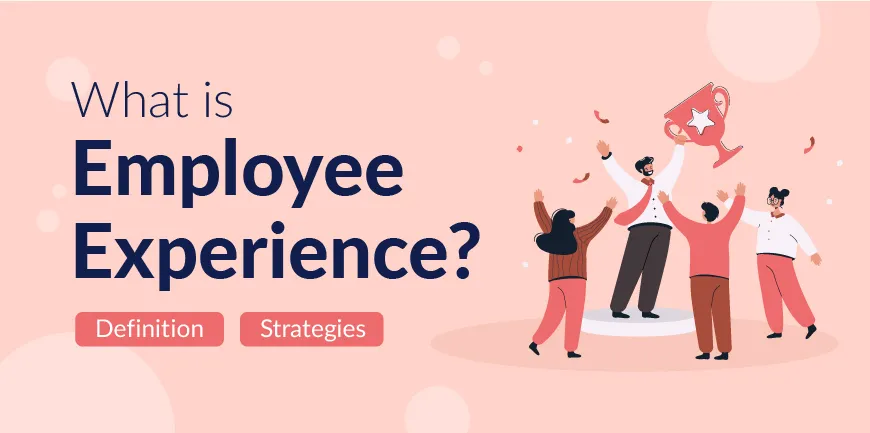
What Is Critical Talent? Definition, Benefits, Characteristics
20/02/2025
What are KPIs in HR? Top 10 Key Indicators with Examples
24/02/2025- What Is the definition of Employee Self-Service (ESS)?
- What Are Employee Self-Service Benefits?
- What Are the Challenges of Implementing Employee Self-Service?
- What Features do ESS systems have?
- How can businesses improve their ESS capabilities?
- How to Choose an ESS Portal?
- Frequently Asked Questions (FAQs)
Employee self-service is not a novelty in HR. It is a requirement for organizations of all sizes, be they small, mid-sized or even large global entities. Engineering a self-service support portal is not very easy, which is why many organizations depend on HR consulting companies to manage their employee self-service needs.
What Is the definition of Employee Self-Service (ESS)?
ESS or Employee self-service portal allows employees to perform HR tasks like viewing paystubs, applying for leaves, and modifying their personal information. The ESS is an online platform, and the employees can access it through the web or on their mobile by entering a username and password.
It reduces their dependence on HR and gives the whole employee management process more transparency. HR is also free to do other business-critical tasks, without compromising on employee engagement.
What Are Employee Self-Service Benefits?
The benefits of employee self-service are justified by the ease of implementing and maintaining an ESS portal. Employee self-services are important for both employees and the employer.
1. Reduces the Total Cost of HR
This is a significant benefit. By introducing employee self-service, companies can reduce the number of people on the HR team.
2. Improves the Employee Engagement
The employees can manage their personal information by themselves, apply and manage their leaves, and track their attendance, contributing to a sense of trust.
3. Increases the NPS
Employees now trust the organization more, so they begin to recommend the organization as a great place to work, and the net promoter score (NPS) increases.
4. Reduces the Administrative Burden of HR
The HR process is becoming more streamlined. This reduces the burden on the HR team, and they can focus more on workforce management and employee appreciation.
5. Improves the Accuracy and Speed of HR Processes
The accuracy of the HR processes connected with employees improves and the fulfillment of any requests also happens a lot faster.
What Are the Challenges of Implementing Employee Self-Service?
The challenges that companies face when they are trying to implement an employee self-service system are many. Some of these challenges are:
1. Inadequate Training
Employees are not given sufficient training in how to access the employee self-service system and manage their details well.
2. Lack of Buy-in from Leadership
Sometimes HR leaders in a company may not be willing to take the necessary steps towards building an ESS from the ground up or even finding a ready-made solution.
3. Concerns About Employee Data Security
This is another big challenge when it comes to implementing ESS. Employee data needs to be kept private and secure and sometimes employees may not fully trust the company.
4. Need for Significant Investment Upfront
An ESS is typically part of an HRMS and buying a full-fledged HRMS may be a difficult task for a small or mid-sized company.
5. Will Take Time to Implement
It takes significant time to select the right platform, customize it to one’s needs, and then deploy it effectively. Initially, the employee database must be migrated too.
What Features do ESS systems have?
ESS systems generally have features that are aimed at employee self-service support. Some of the features of an ESS are:
1. Modify and Add Employee Information
Employee data with edit permissions can be modified by the employee. They can add additional field information as and when requested by HR.
2. Apply for Leave and Work from Home
Employees can apply for leave (both paid and unpaid) through the ESS portal. They can also apply for work from home with the manager’s permission.
3. Manage Attendance Effectively
Employees can track their attendance and ensure that the timesheets are maintained accurately so that it doesn’t affect the salary credited later.
4. Upload Tax-related Documentation
Tax filing also happens through the ESS portal. Employees can select which regime they want to proceed with and submit relevant proofs to avail themselves of any benefits.
5. View HR Policy Documentation
HR policy documents are uploaded on the ESS portal, and the employees are free to view them whenever they want. Some examples are dress code policy, work-from-home policy, etc.
How can businesses improve their ESS capabilities?
Businesses can improve their ESS capabilities by not building the solution in-house. When you pick an HRMS partner and go with their solution, then it becomes a lot easier to manage the ESS portal too. This is because the third-party ESS portal/HRMS partner will be knowledgeable on how to maintain the portal in a better manner, how employees can benefit most from it, and what HR needs to do to enable them to do so.
How to Choose an ESS Portal?
Selecting an ESS portal is not easy. You must find one that can streamline your HR workflow and provide the benefits to employees you generally provide through HR activities. You must also decide what features you want the ESS portal to have. While having a performance management system built into ESS can be great, how much is it adding to the cost, and will you be using it within the ESS in your company?
These are some of the questions that you will need to ask. I want a partner who can help you along the way. opt for Alp Consulting’s ESS services and let us set them up for your business in such a way that your employees will be happy and content. Talk to us today and let us help you!
Frequently Asked Questions (FAQs)
1. What type of company benefits most from ESS portals?
Companies of all sizes and across industries can benefit from ESS portals. This is because they meet the basic needs of the employees in a very simple manner, and it is the core activities of HR that they help speed up.
2. How secure are ESS portals for handling employee data?
Today, ESS portals are very secure and store employee data with strong encryption. They ensure that user access and access levels are monitored as well, ensuring the safety and privacy of employee data.
3. How does an ESS portal improve payroll accuracy?
Employees can directly enter their addresses and through integration with the attendance tracking software, their timesheets can be auto updated. Tax details can also be entered into by employees, further improving the accuracy of payroll.
4. What are the costs associated with implementing an ESS portal?
The costs associated with implementing an ESS portal are initial set up costs, continuous maintenance costs, the costs of training the employees, and the costs of hiring people to manage the HRMS within the HR team.
5. What self-service resources can employers make available to employees?
The self-service resources that employers can make available to employees are attendance tracking, leave management, HR policy documentation, and the capability to add details related to taxes.
6. What is ESS and how does it work?
ESS is a self-service portal that allows employees to perform HR tasks like viewing paystubs, applying for leaves, and modifying their personal information. An employee generally accesses the ESS portal with a username and password and has access to certain aspects of it depending on the level of the employee.




